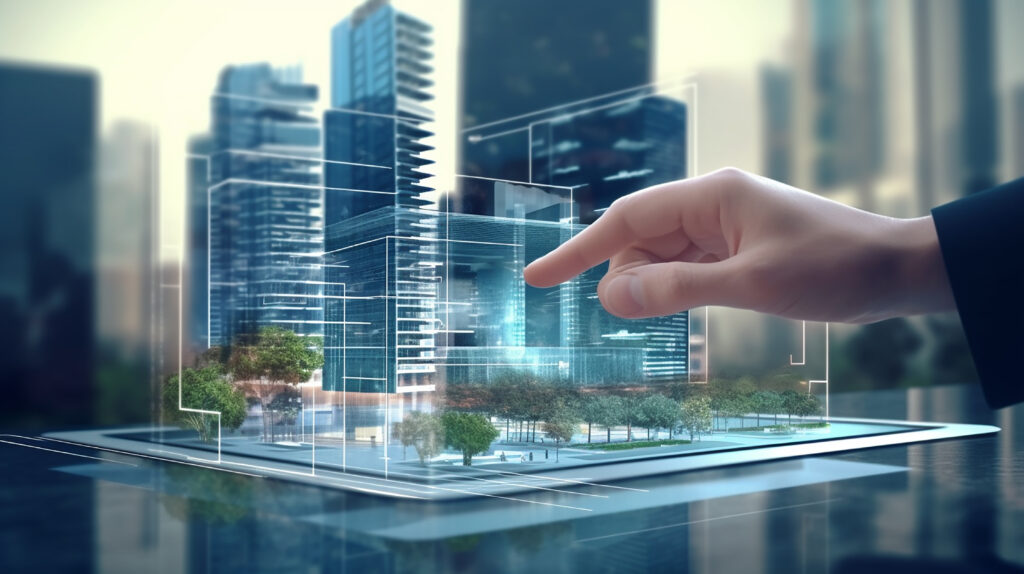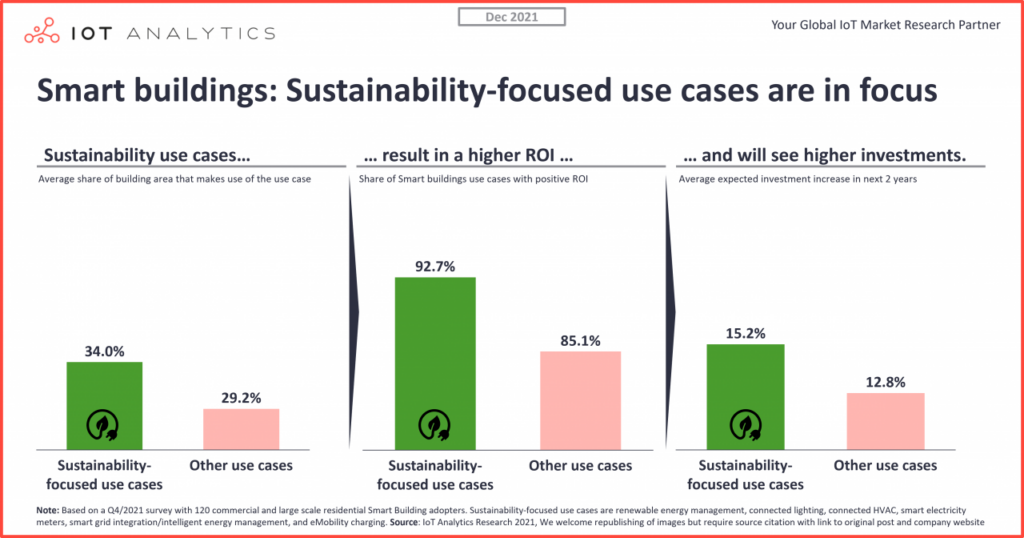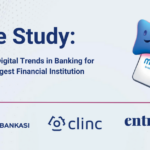
The term “smart building technology” refers to the equipment used for various reasons, like:
-
- Tracking data and productivity
- Testing different aspects of the building
- Improve the overall operations of the facility
- Tracking data and productivity
Advanced construction technologies contribute to a healthier, happier, and a more productive environment.
Smart Building of the future
Smart buildings are part of the Internet of Things (IoT). IoT technologies provide a more in-depth understanding of everyday items found in the workplace. These items include pipes, furniture, heating systems, and more.
Once coupled to IoT sensors, the following things become intelligent building technologies. The possibilities are endless from here. These facilities are now programmed to provide real-time updates on the following:
-
- Building use,
-
- Energy consumption,
-
- Maintenance,
-
- Upkeep,
-
- Cleanliness,
-
- Air quality,
-
- Virus risk,
-
- And more if fitted with sensors.
- And more if fitted with sensors.
How do smart buildings and construction technologies work?
Smart building technologies use digital technology beyond interior furnishings. Smart buildings of the future will also aim to integrate sensors directly into the structure.
These cutting-edge technologies consist of:
-
- Printed heaters for wall panels,
-
- Moisture sensors for leak detection,
-
- And semi-transparent photovoltaics for windows.
Intelligent buildings enhanced with these technologies are more energy-efficient and responsive. This is especially true when changes effect to the way buildings are built and improvements are made.

What are the benefits of Smart Building and advanced construction technologies?
The following are some of the key benefits of investing in smart building technologies:
1. Lowering operating costs
Any owner or user of a facility must pay considerable operational expenses. Although these are unavoidable costs, the amount spent is often uneconomical.
Greater insight into processes and equipment is possible thanks to smart technology. This, in turn, may also reveal ineffective equipment or wasteful consumption habits. As a result, opportunities for targeted reductions in total expenses and operations exist.
2. Increased productivity and efficiency
Systems and solutions boost efficiency by eliminating time-consuming and repetitive operations. Along with increasing efficiency, this also lowers the cost of labor needed for such jobs. These technologies help eliminate communication obstacles. While intelligent task management systems can boost productivity and efficiency by up to 90%.
3. Increasing accountability and transparency
Staff members will be able to focus more on the tasks they are working on right now, which will hold them more accountable. From a single dashboard, managers have access to real-time updates. This real-time data provides updates on locations, status, and the overall environment.
4. Improving the effectiveness of performance management
Using advanced granular analytics, the IoT will collect data from the facility’s operations. Feedback systems and IoT sensors can be used in a building to get information about:
-
- How utilities are being used,
-
- How tasks are going,
-
- And the results of inspections.
Advanced analytics will then examine the performance of jobs and provide results.
What are the risks of smart building and construction technologies?
Most smart building technologies solve a single problem inside or outside the facility. Thus, some risks come from integrated smart technologies.
Cyberattacks are more likely to target smart buildings than traditional buildings. Connected buildings don’t have complete network visibility and monitoring. Thus, hackers can compromise networks and steal sensitive data. Once in charge, a hacker can limit heating, power, or building entry. If there’s an incident, the building may face fines.
Internet connections are spread across the building in various locations without any centralized management. It’s important to note that separate companies use different systems. They often don’t connect with each other. Thus, each provider’s controls, cabling, and security standards create added weaknesses.
Existing intelligent building solutions bring difficult-to-quantify dangers, which makes the risks much higher.

